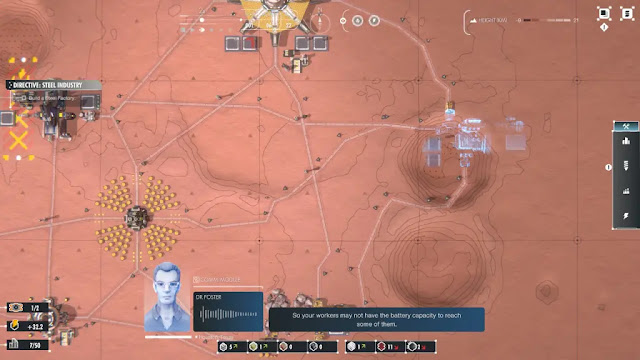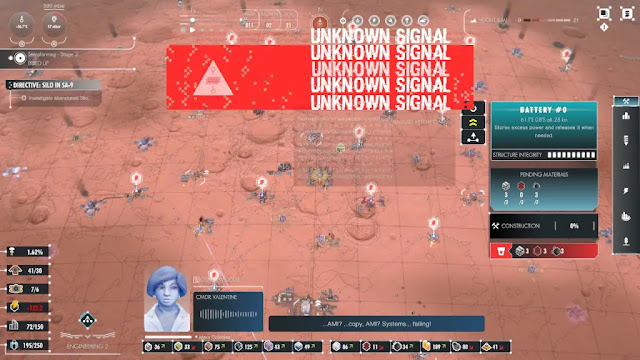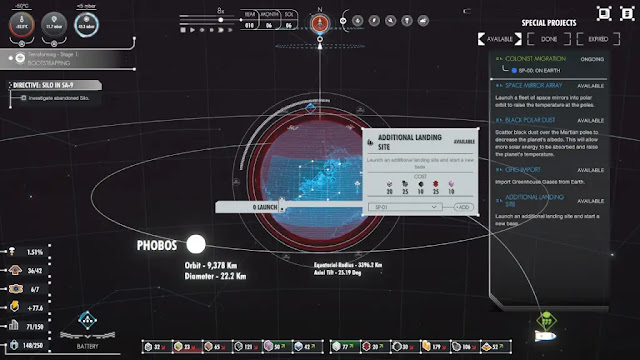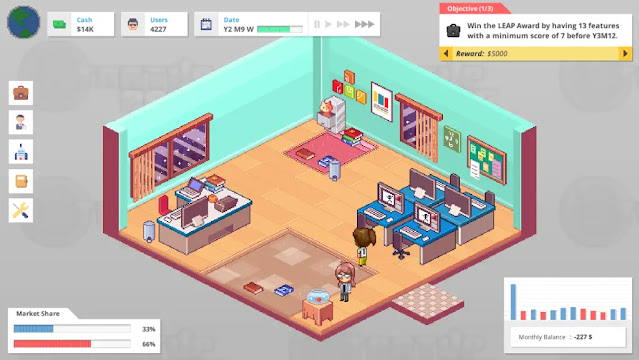Just as things were about to wind down for the year, something hit my desk allowing me to end what’s been a horrible year all around on a high note reviewing wise as many of us head back into various states of lockdown for the holidays. Developed by Douze Dixièmes and published by Focus Home Interactive, Shady Part of Me is an emotional tale that I found myself easily relating to as you explore the world with two sides of a person both through the light and the darkness where one cannot move forward without the other.
It would be easy enough to say that Shady Part of Me is a great puzzle platformer and then leave it at that. Graphically, you have two separate presentations starting with a 2D shadow-like platformer which is then mixed into 3D environments that act as their own puzzles. Keeping things interesting, what is done in one affects the other. Mechanically, everything is responsive and instead of lives or health, if you make a mistake, if you fail, you can simply rewind until you get it right. On top of both of these aspects there's an incredible music score that only amplified the emotions being conveyed by the scenery and the narrative. Like I said, I would be easy but it would also be a disservice.
More than the sum of its parts, Shady Part of Me walks a fine line between gameplay and presentation. Clocking in around four to six hours for a full gamerscore or platinum trophy depending on your system, this is one experience where you'll find yourself heading out of your way at times for the collectibles which are origami birds within both the realms of light and shadows. Other than making murals as you uncover the pieces, these birds will often prompt additional dialog from a third party causing reactions in your protagonists or simply giving you a potential to additional context based off of your own conclusions.
Having found this blend of gameplay, Douze Dixièmes have found an almost perfect marriage of gameplay to cater to both those that play through something and move on, and those that will search every nook and cranny to find that one last collectible. I’m generally not one for going back and looking for everything, but when it adds in more context and is more than just there for the purpose of trophies / bragging rights, I am more than willing to put the time in.
On that subject, the time that I did put into Shady Part of Me is time that will stay with me for a good deal of time. Yes it was fun, yes it was atmospherically pleasing with the various musical scores that meshed perfectly with the backgrounds, but it’s the “why” that really stood out. Mental Health, Anxiety, Stress, Panic Attacks, feeling like the world is watching and that weight is crushing you, and just simply not knowing how to deal with everything because life that day, week, year, decided to deal you a bad hand. Read that again, and don’t take a pause, run out of breath, and that’s just the tip of the iceberg. Not everyone will go through this, a lot of people will never understand this and in a way I hope they don’t, but those that have, those that still do, know what I mean and know that it’s hard to put into words.
So it’s through this adventure, that I finally saw a representation of what it’s like to go through these moments that I’ve never been good at putting into words. I’ve been through it, I’ve been dealt a bad hand years ago and I still have my moments. I know it’s anything but easy and asking for help is even harder as no one likes to admit they need it especially with the stigma that comes with admitting it. So it’s through these challenges and through this fictional world where fantasy meets reality that these two souls need to rely on one another to reach the exit that they’ve been searching for, and through their conversations that I finally saw it put into words. The words of the rational mind trying to reach the irrational feeling that just won’t leave and sometimes crash into the rational like a tidal wave making you feel like you're drowning.
All of this said, it’s how these emotions are meshed in with the musical scores in the background, it’s how these feelings are meshed into the scenery, and finally it’s how these feelings are conveyed as a challenge to overcome as continuously taking steps forward that make it work. No, it’s not that easy as taking a step forward, many days are steps backwards, but, if you were to condense the process, this is what the start of healing looks like.
On a final note, Shady Part of Me should have been on my Game of the Year list but with how late it was released, it sadly won’t be making it as I quite literally got to experience this tale this past weekend. It’s not a very long adventure, but it packs a punch both from the visuals and the musical score, to the emotions coming through both of your protagonists as they try to find the exit that they’ve been searching for together.
Score: 9.5 / 10




















































